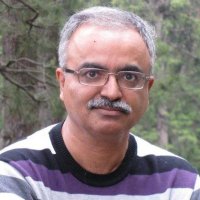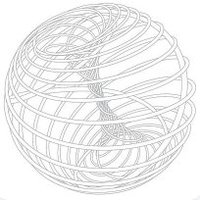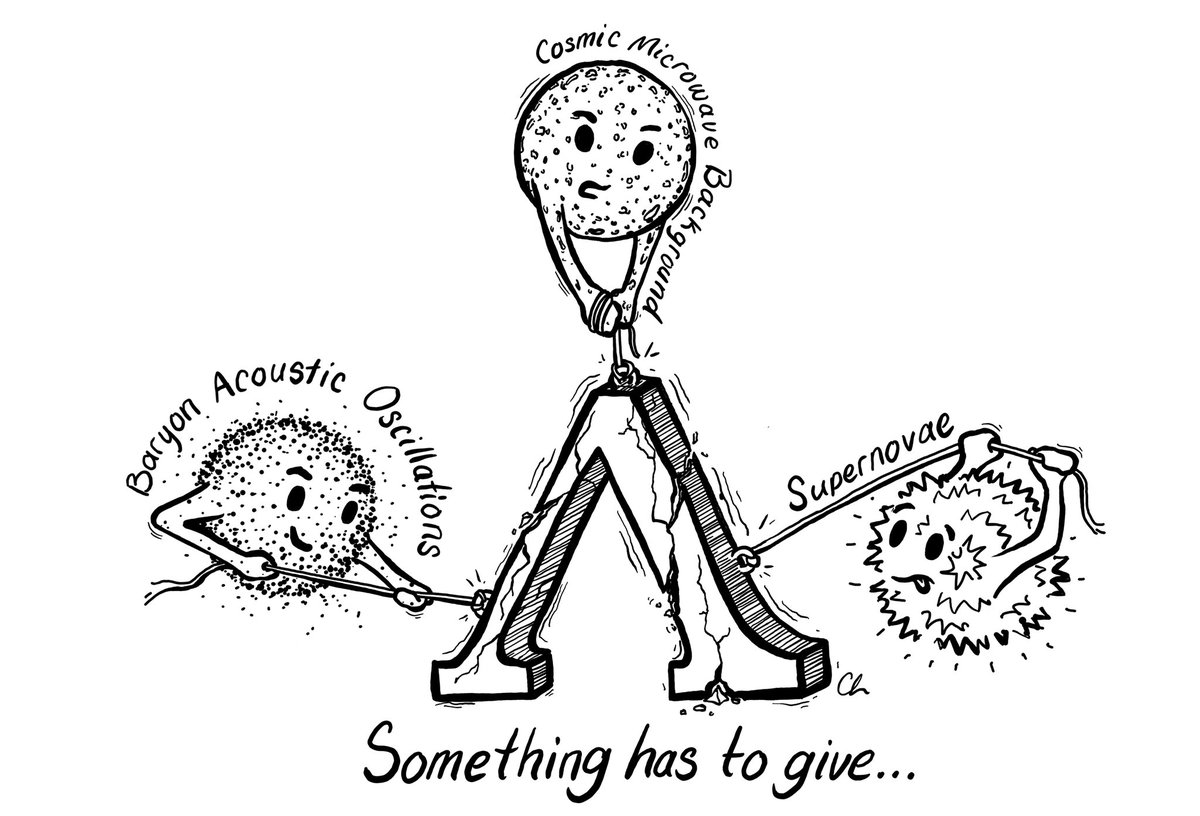
Sagar
@sagar_kr_maity
PhD Student in theoretical physics @snbkol. (he/him)
#gravitational_physics
ID: 1191410611147571200
https://sites.google.com/view/sagar-theoreticalphysics 04-11-2019 17:43:38
89 Tweet
2,2K Followers
1,1K Following

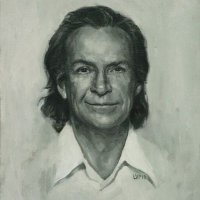


By extracting non-Gaussian cosmological information on galaxy clustering at non-linear scales, a framework for cosmic inference (SimBIG) provides precise constraints for testing cosmological models. ChangHoon Hahn Shirley Ho David Spergel et al.: nature.com/articles/s4155…
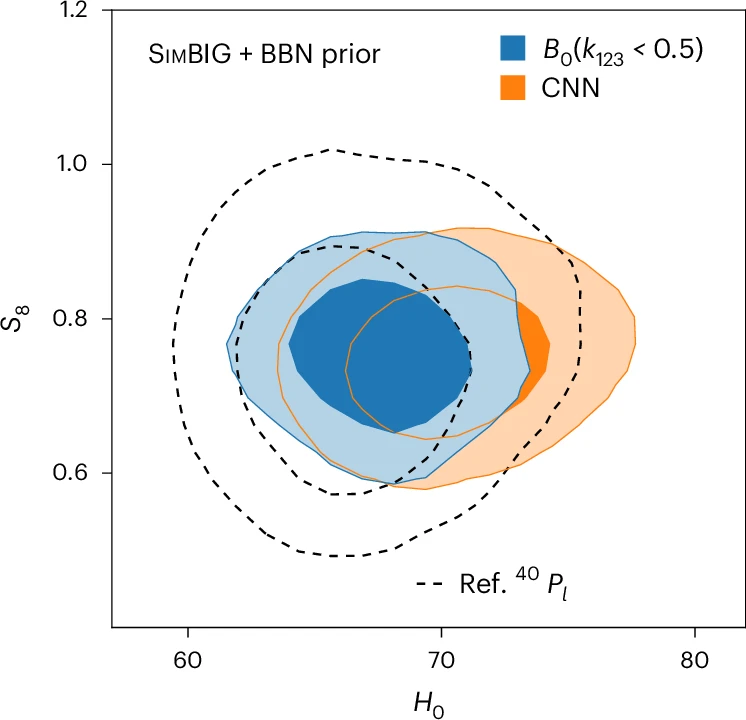

You heard all about AI accelerating simulations (maybe from me?), but do you know... How can AI tell you what is in the Universe? Our new series of work from #SimBIG team led by ChangHoon Hahn published recently by Nature Astronomy did just that! Interesting things we did:
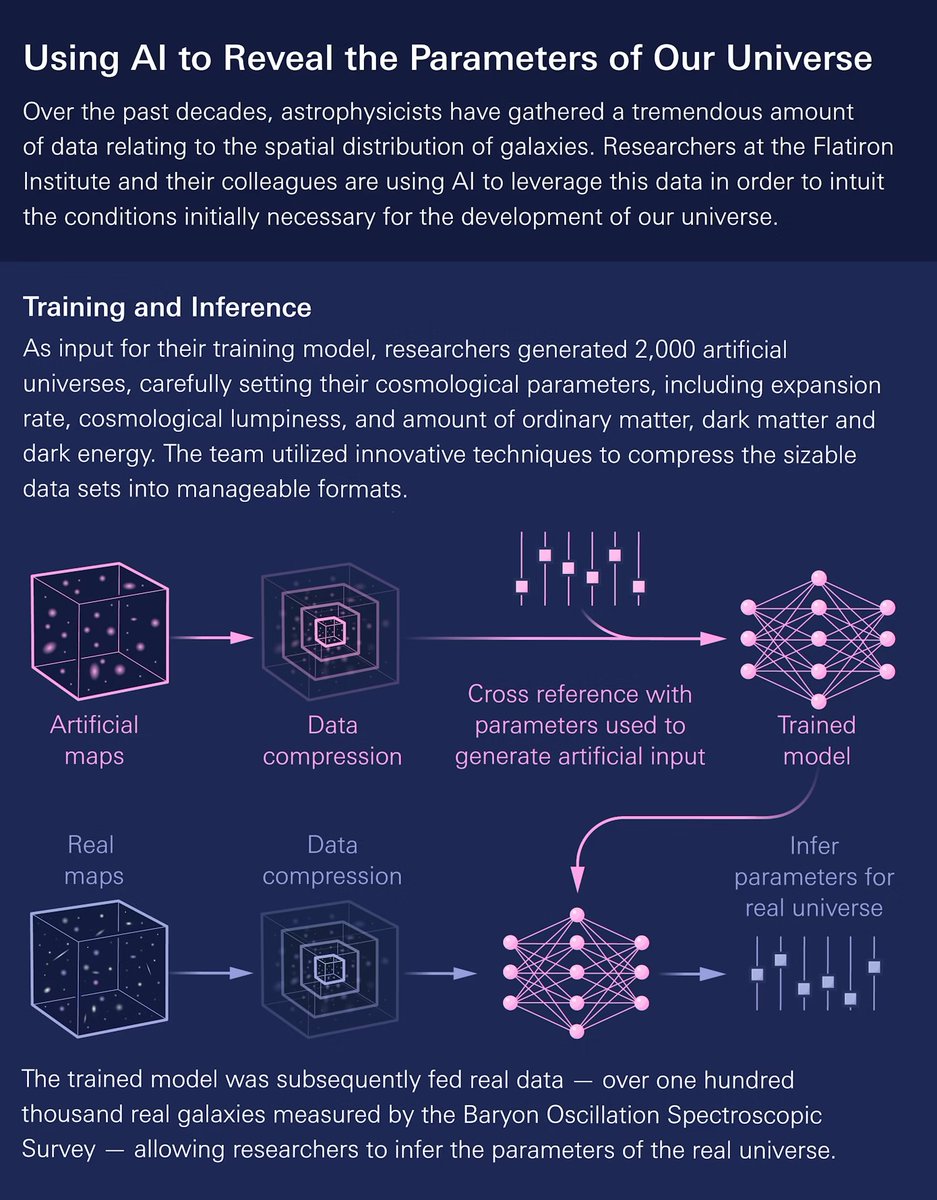

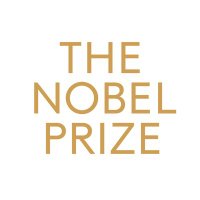


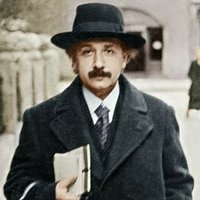




The ALICE Experiment has seen the first ever evidence for antihyperhelium-4 — if confirmed, this will be the heaviest antimatter hypernucleus yet seen at the LHC cerncourier.com/a/first-signs-…

